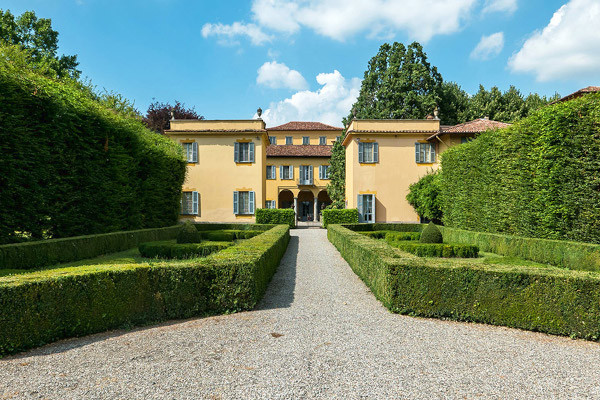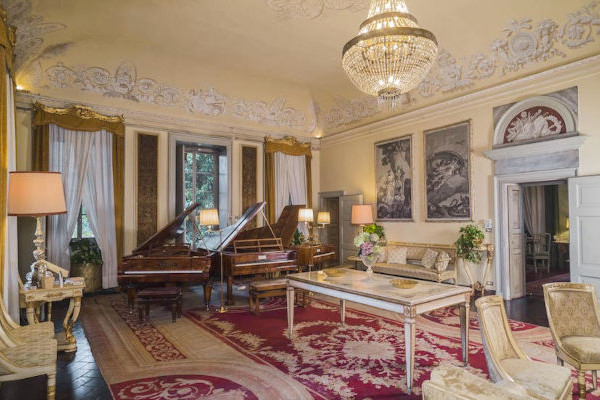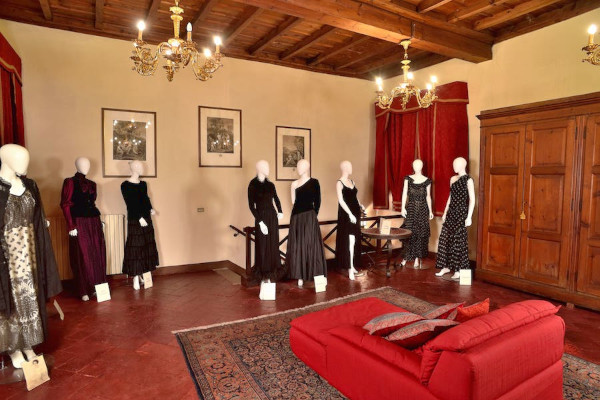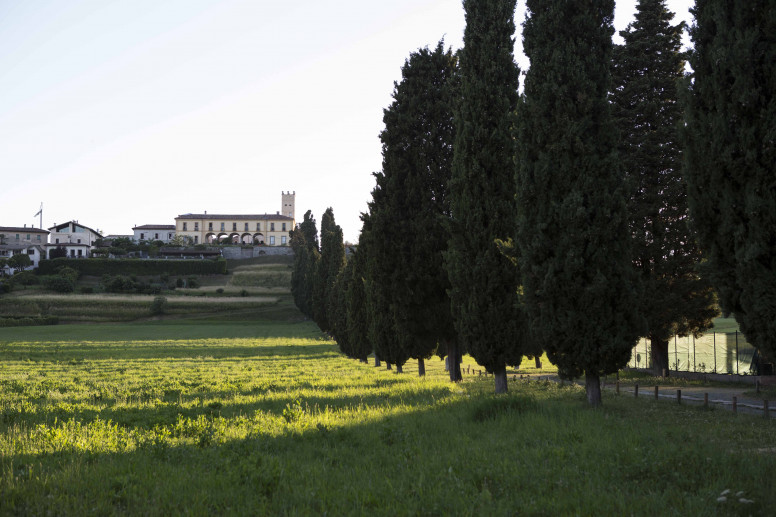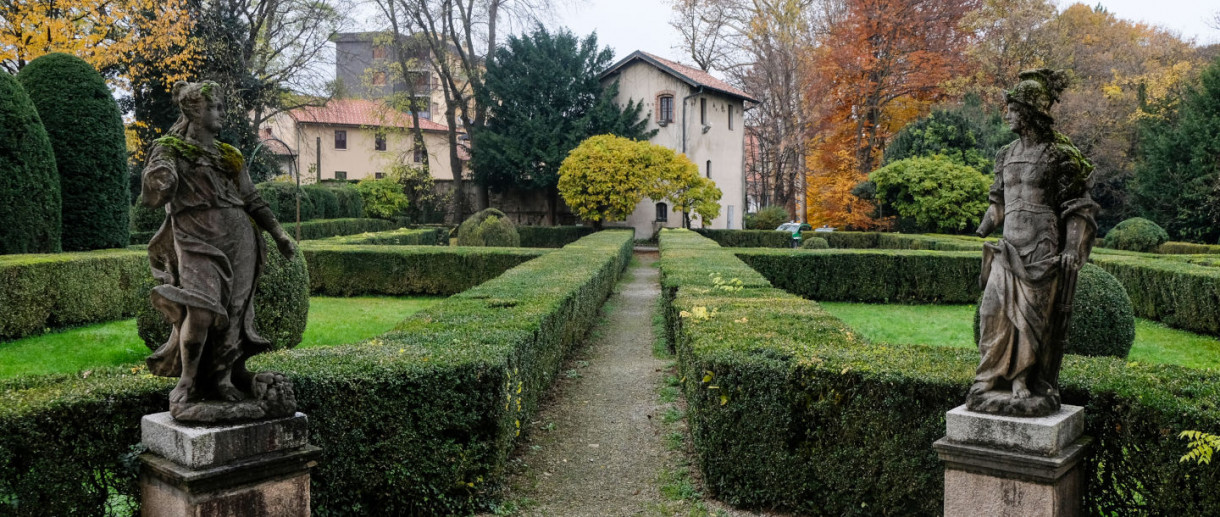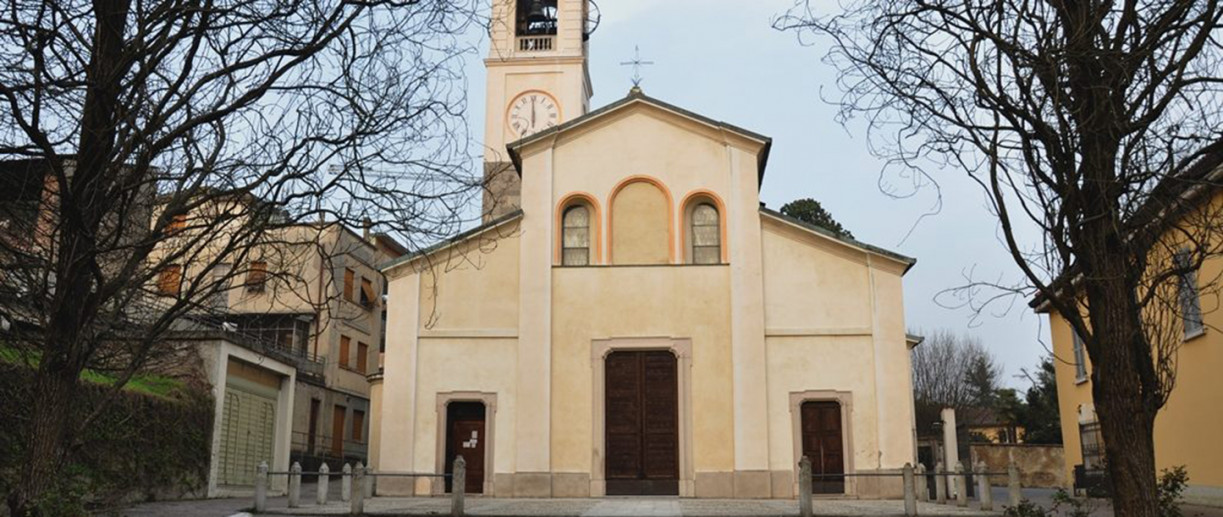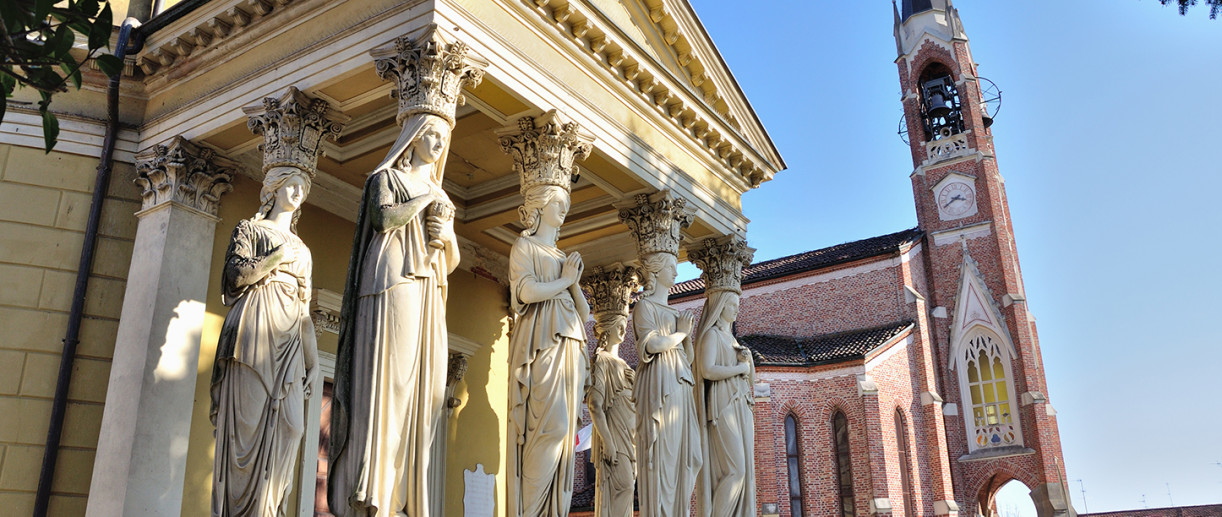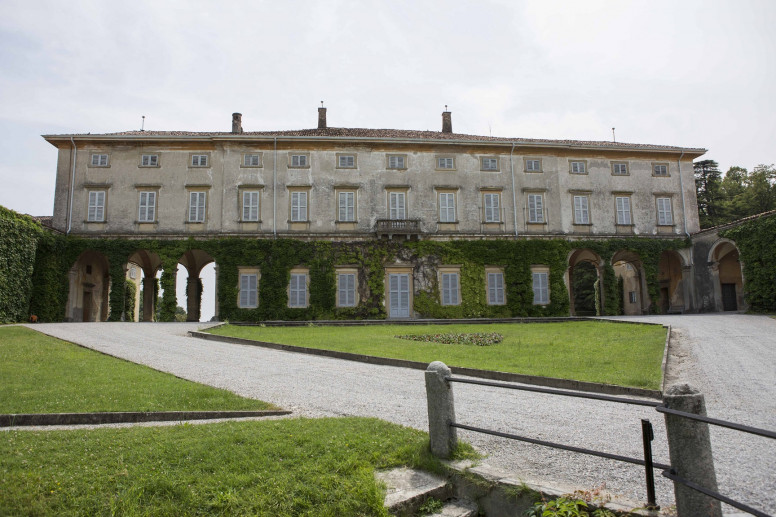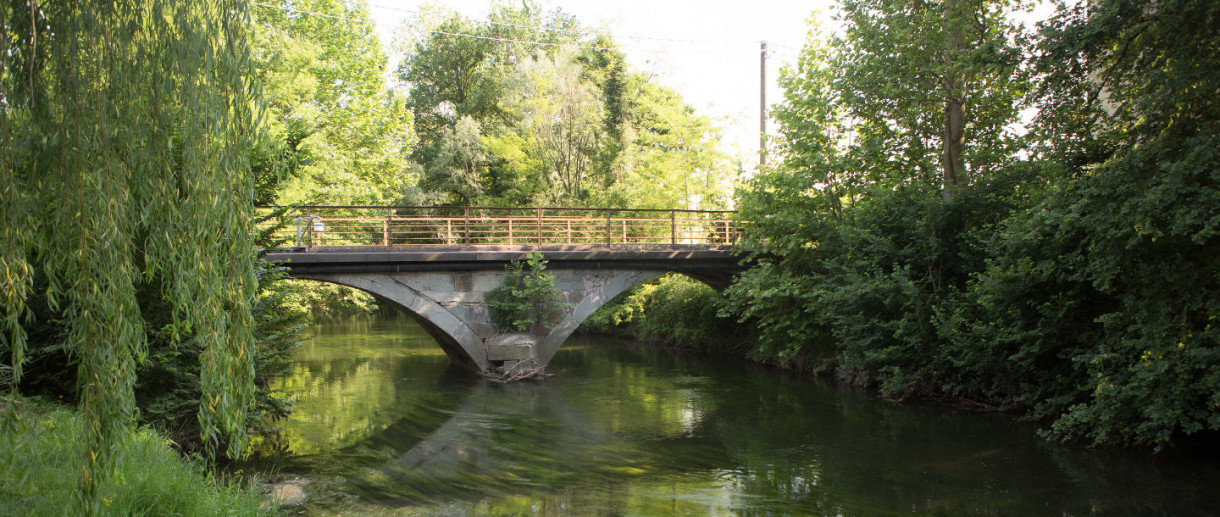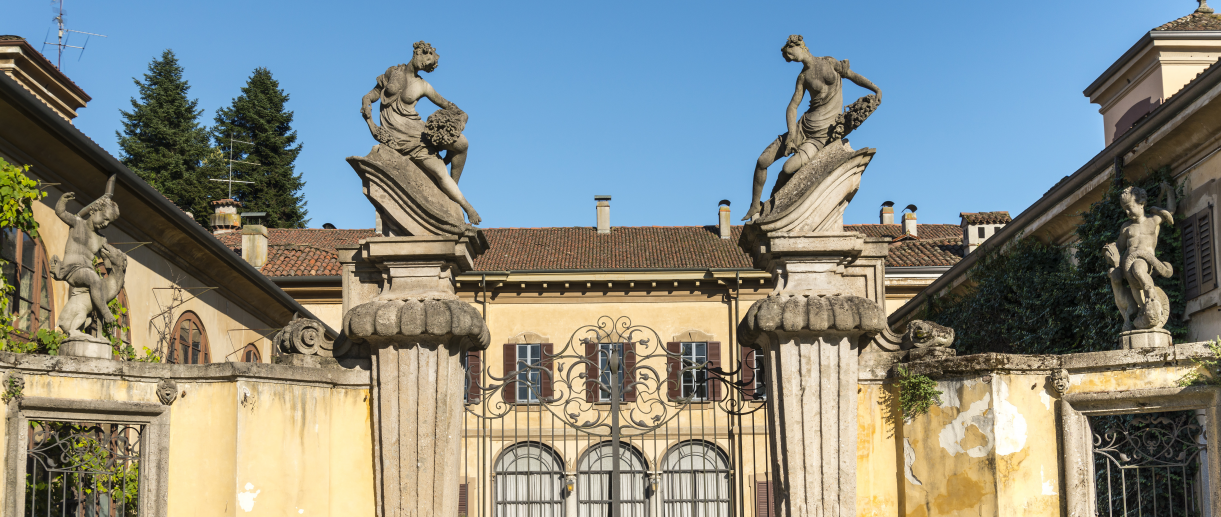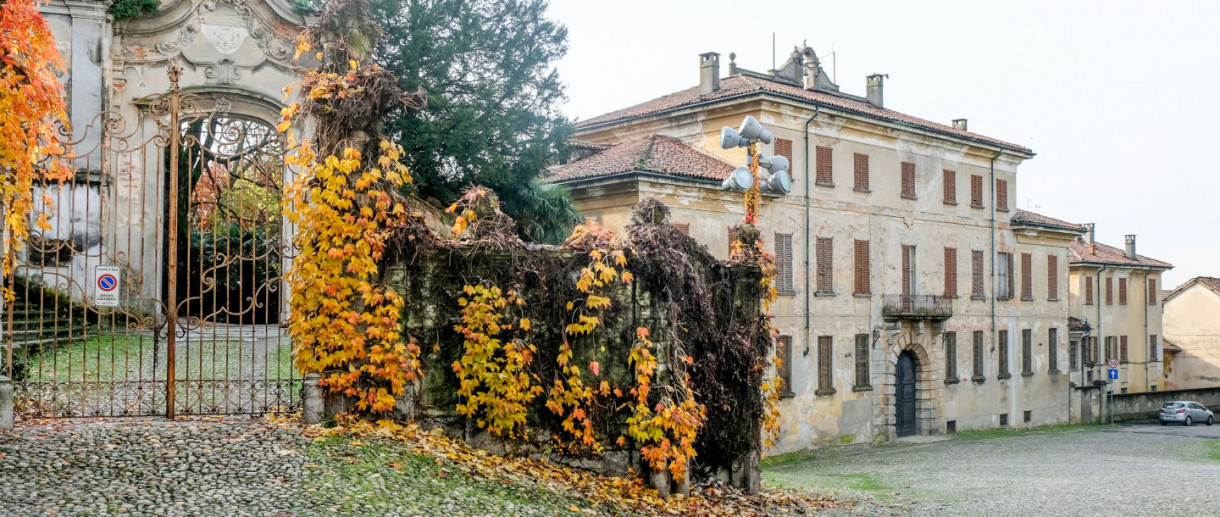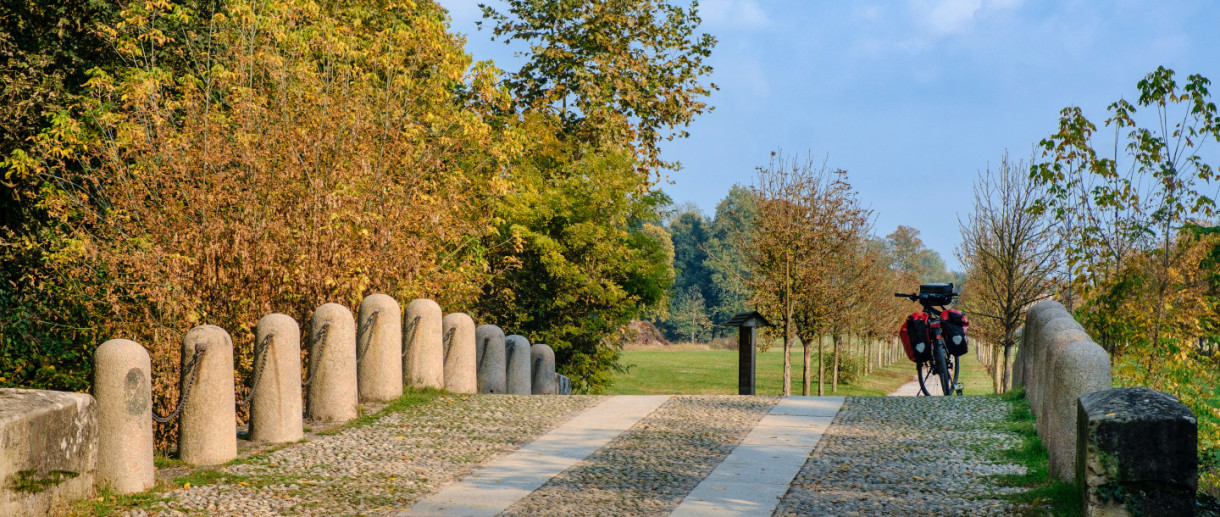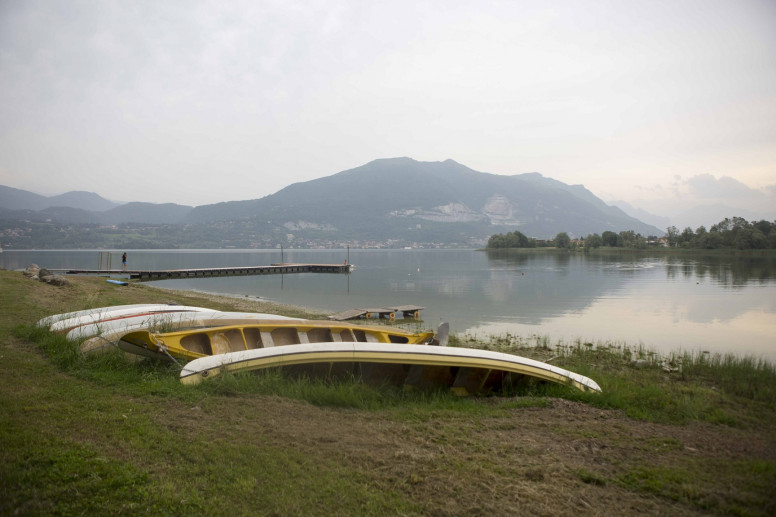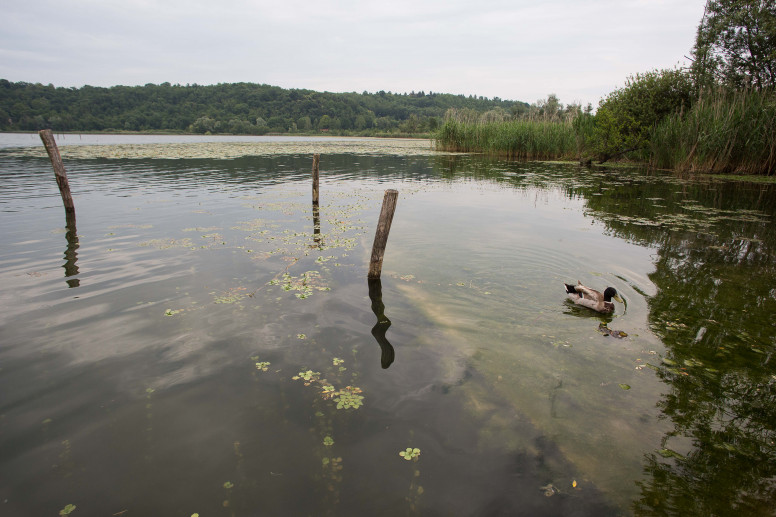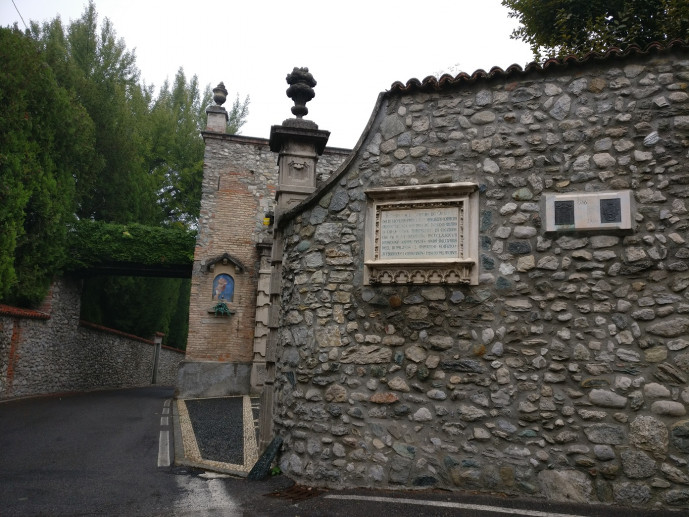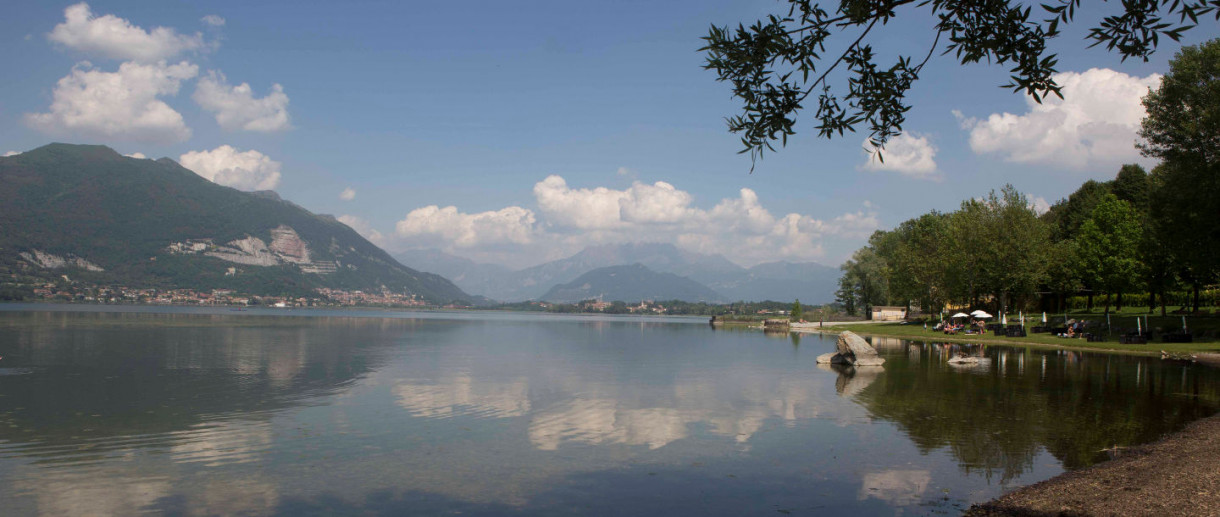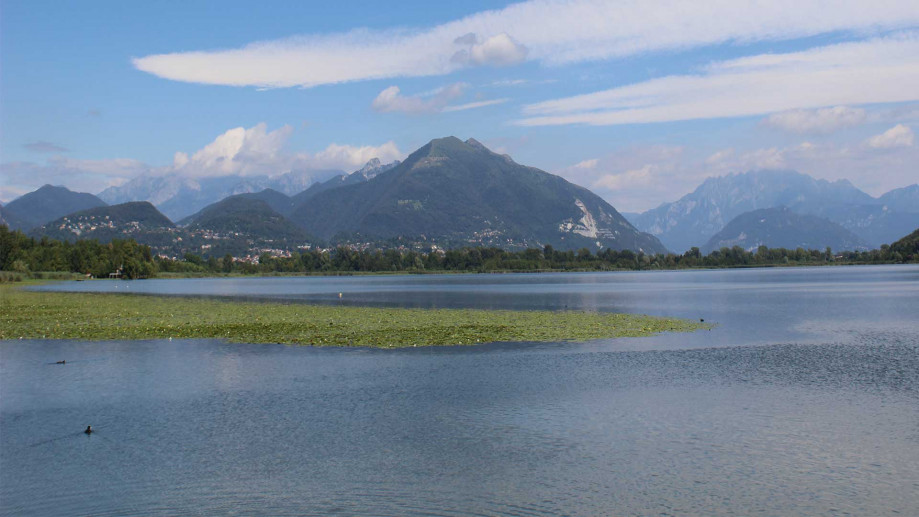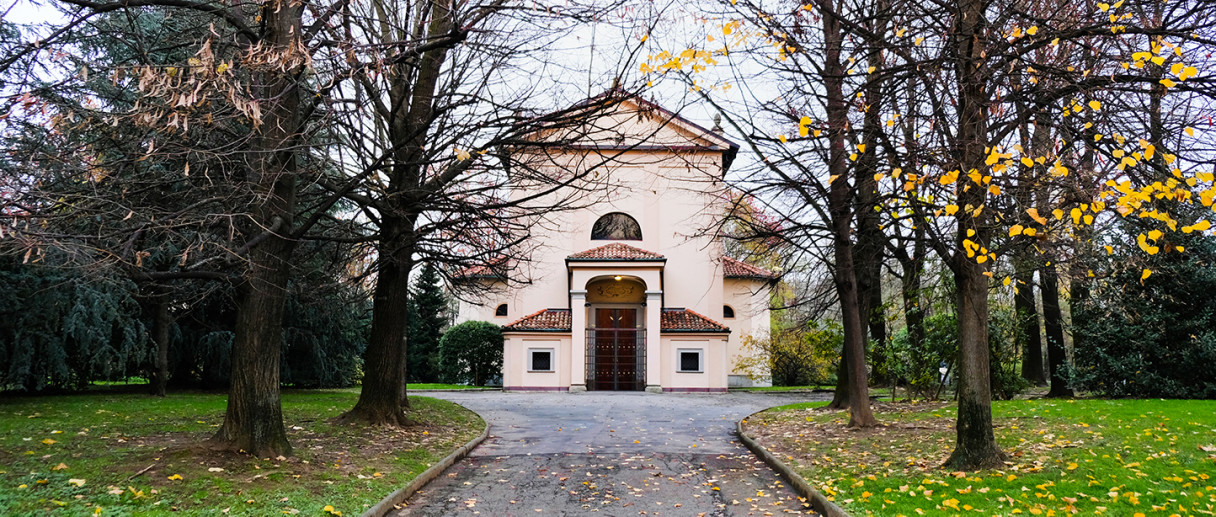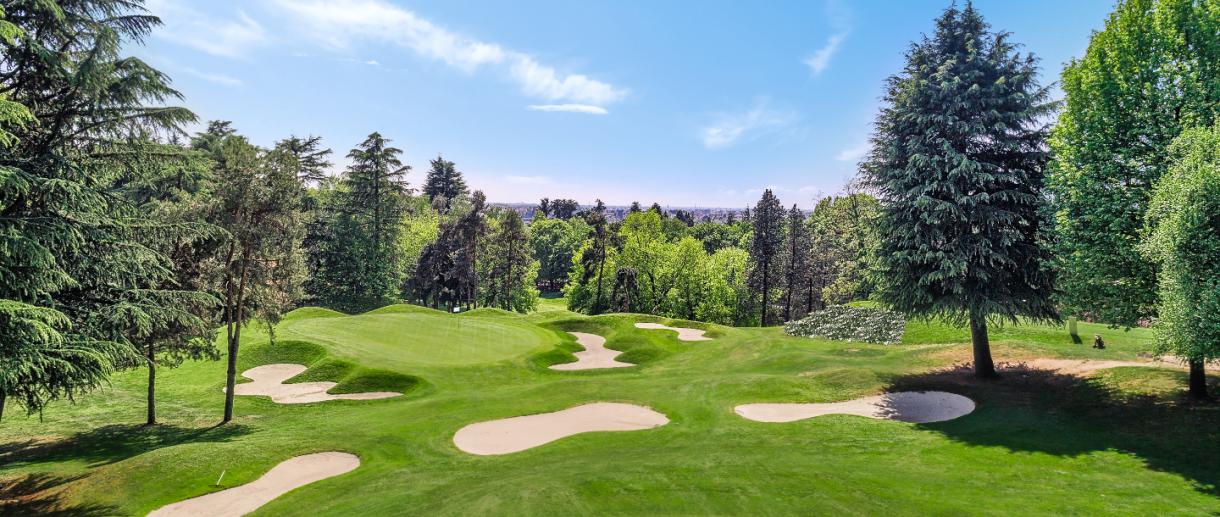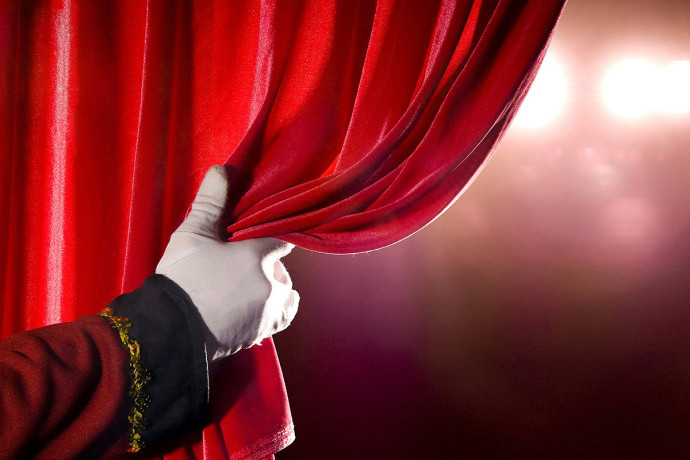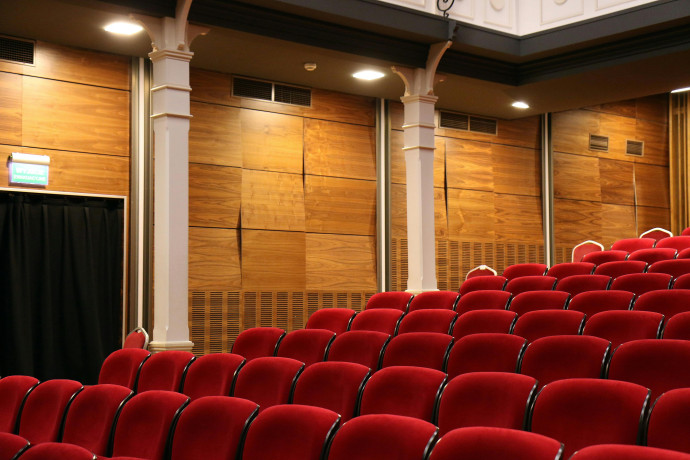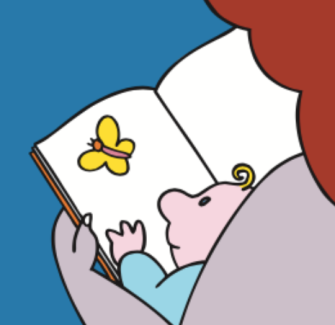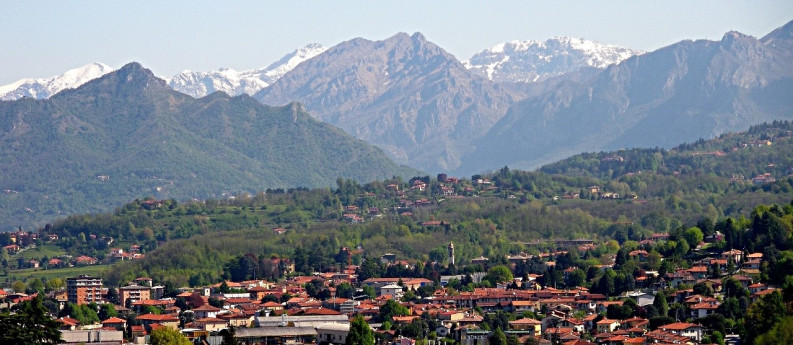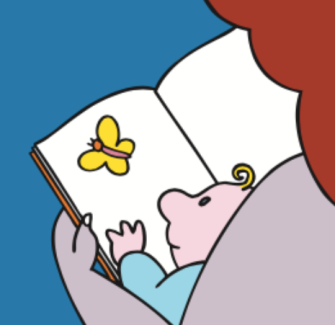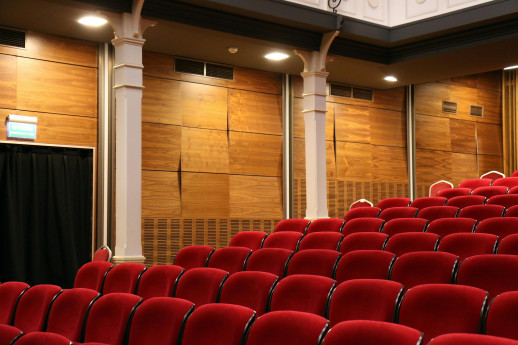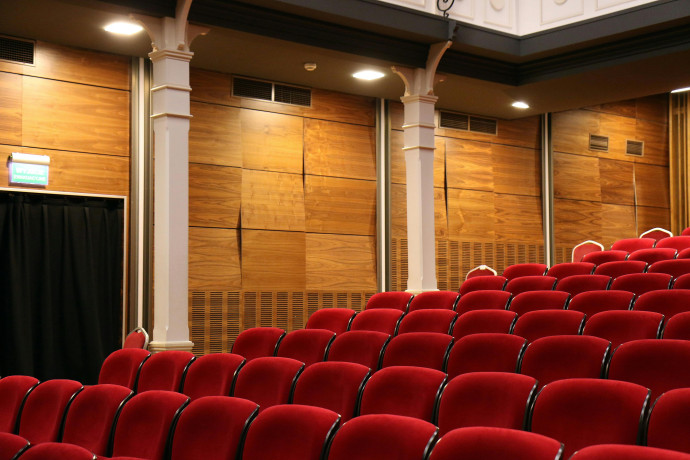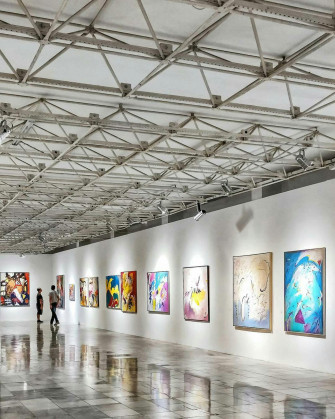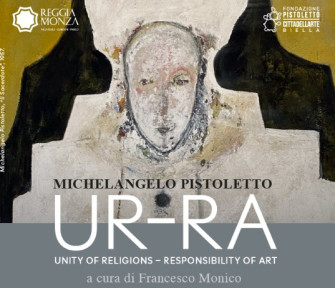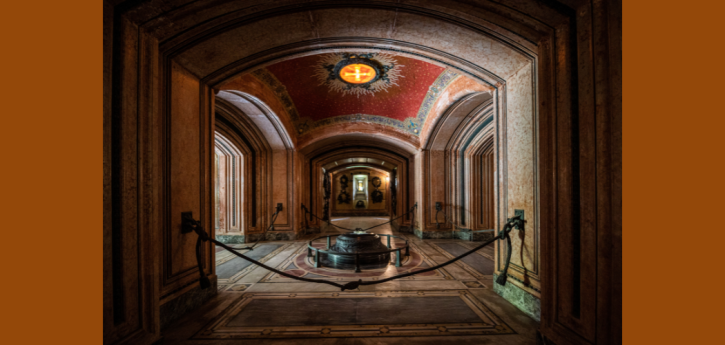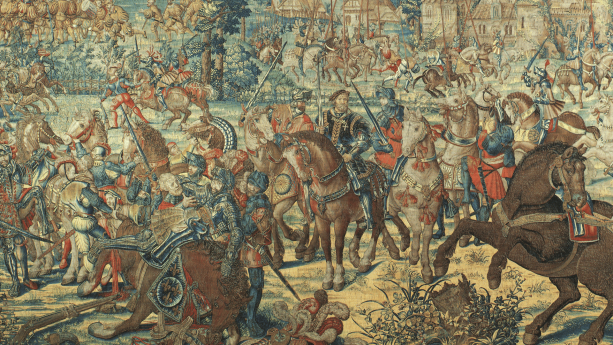- Art & Culture
Villa Medici Giulini
A charming historic mansion with a long history, now a combination of art, music and culture
Along avenue of cypress trees leads to Villa Medici Giulini, an important monumental complex that is among the oldest in Lombardy.
Its origins are in fact very ancient, dating back tomedieval times. It was probably originally anancient fortress built to guard the villages. In fact, the location of the buildings, on top of a hill, suggests a building with the function of a "house-fortress." In the mid-17th century the Chapel was inserted. Inside, on the altar is an altarpiece by Antonio Busca (1625-1686) depicting The Holy Family with St. Francis.
The complex of buildings was never substantially altered with the passage of time. At the end of the 18th century, the empty space between the two Cappuccine was created and the garden was designed, which developed two main themes: the Italian garden with carpinate bordering the parterres with box trees and the English park, rich in blooms from May to September.
There were several changes of ownership over time, including the Medici Marquises of Marignano. In the late eighteenth century, Francesco Zuccarelli, a great landscape painter, decorated the hall of honor on the second floor with six beautiful tempera paintings that probably depicted the villages that were part of the property. It was by then a "villa di delizia," with land planted with mulberry trees and vines and the work of the fields all around, also testifying to its function as a house-farm.
Today, Villa Medici Giulini is a perfect blend of art, music and culture, positioning itself as an important historic home with a privileged location in the Brianza hills between Milan and Lake Como. In fact, Fernanda Giulini and her family have restored the villa, which houses an extraordinary collection of historic pianos and harpsichords inside, starting from the ancient fortepianos of the 1700s to the present day. Entering the rooms and listening to the sound of the instruments is a magnificent experience, with the possibility of enjoying private concerts as well.
Similarly, the garden of Villa Medici Giulini represents an extraordinary visit, with the opportunity to be accompanied by music performed by a flutist, in the most evocative corners of the garden, emphasizing the harmonious relationship between music and landscape.
Finally, we would like to point out that one of the two Cappuccine houses a collection of gowns from the 1960s. Some specimens of the most prestigious signatures of the time, testifying to the great elegance and refinement with which people went to the theater to listen to music and great timeless melodies.
